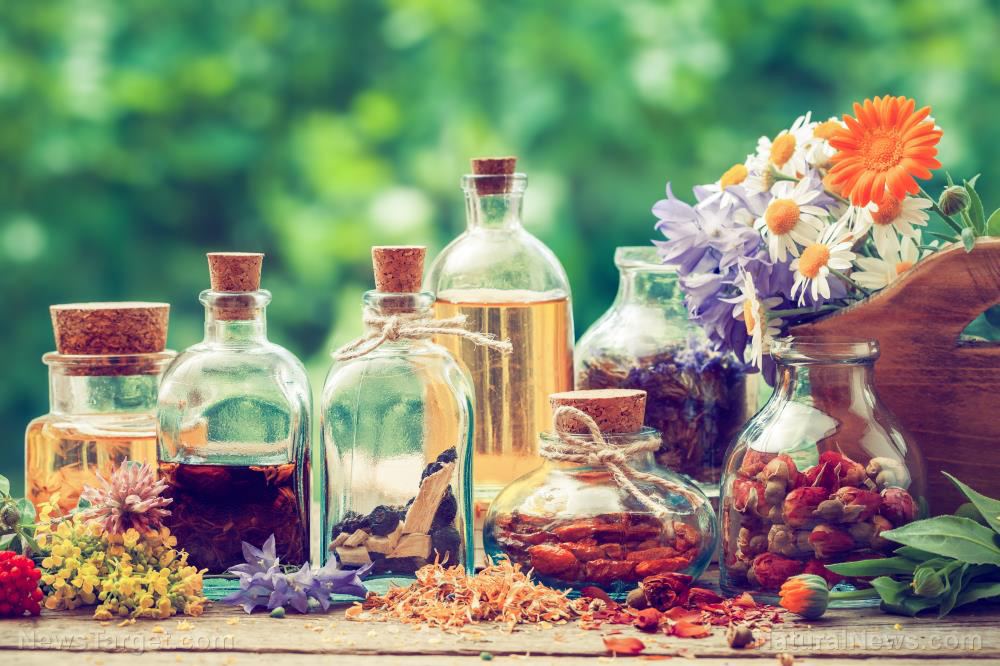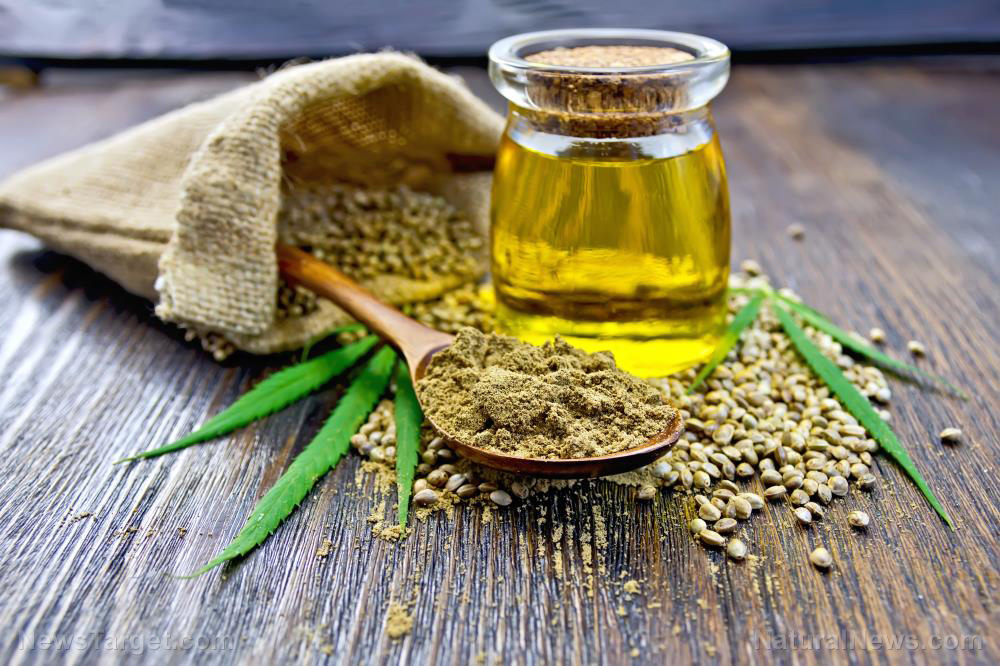A basic guide to blending essential oils at home
03/04/2019 / By Mary Miller

Essential oils are concentrated plant extracts that can be used as natural remedies. On their own, they can be quite potent, but when diluted in a carrier oil and/or blended with other oils, their unique therapeutic properties can be fully maximized. Learn how to create your own customized essential oil blends by following this basic guide.
Blend essential oils by aroma
Essential oils are known for their powerful and fragrant aromas. As such, people often diffuse these oils in their homes to help freshen the surrounding air and even clean it. There is nothing wrong with diffusing essential oils one at a time, but if you have a keen sense of smell, then you will be able to appreciate a much wider range of scents and fragrances once you learn how to blend compatible essential oils together. Since each essential oil is different, they are categorized into specific aroma families. If you are a beginner, the easiest and safest way to start blending essential oils is to mix together those that belong to the same family, as these can complement each other very well. (Related: Shield yourself against everyday sicknesses with this essential oil protective and immunity blend.)
Here are the eight different aroma families of essential oils:
- Floral: Some examples of floral essential oils include geranium, lavender, and rose. They each possess a particularly flowery aroma.
- Citrus: Citrus essential oils, such as orange, lime, lemon, and grapefruit, have distinctive, fresh, and uplifting qualities. They have clean and refreshing scents, so you can use them to create your own DIY air freshener to help boost your energy levels.
- Woody: As the name implies, woody essential oils are generally derived from wood. Some examples of woody essential oils include cedarwood, pine, and sandalwood.
- Earthy: Earthy essential oils have particularly strong fragrances. Some of these oils include angelica root, patchouli, and vetiver.
- Spicy: If you like the smell of fresh spices from your kitchen, then you will love spicy essential oils, such as ginger, nutmeg, and cinnamon.
- Herbaceous: Essential oils based on herbs, such as basil, hyssop, and rosemary, make up herbaceous family.
- Camphoraceous: Essential oils from this family have distinctive minty qualities, such as tea tree, peppermint, and eucalyptus.
- Resinous: Frankincense, myrrh, and other plants known for their resin extracts can be found in this family.
Blend essential oils by scent notes
Other than aroma families, essential oils also have scent or aromatherapy notes. In a musical scale, there can be high notes and low notes. Similarly, essential oils can have high scent notes or low scent notes. The scent notes are based on how quickly their aroma evaporates. Top scent notes are the fastest to evaporate. Middle scent notes linger for a while before disappearing. Base scent notes are heavy and often last the longest. Ideally, you should mix together one essential oil from each type of scent note to create a balanced and well-rounded blend. Here are examples of different scent notes to get you started:
- Top notes: Top notes smell fresh and light, but they tend to disappear within one to two hours. Some essential oils with top scent notes are eucalyptus, grapefruit, and tea tree oils.
- Middle notes: Middle notes are the heart of your blend and make up most of its character. These scents usually evaporate after two to four hours. Some examples of oils with these scent notes include chamomile, lavender and rosemary.
- Base notes: Essential oils with base scent notes, such as frankincense, patchouli, and sandalwood, are so rich and heavy that they can last for days.
Learn more about different essential oil blends by going to EssentialOils.news.
Sources include:
Tagged Under: alternative medicine, aroma blends, aroma families, aromatherapy, essential oil blends, essential oils, herbal medicine, how-to, natural cures, natural health, natural medicine, Naturopathy, remedies, scent effects, scent notes, survival medicine, therapies













